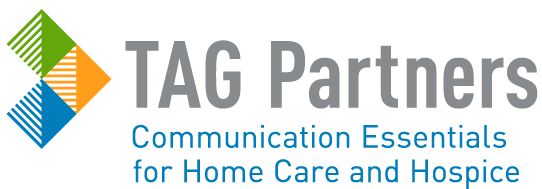All across the country, adults expend their time, energy, money and love caring for their children or grandchildren while also caring for their own parents. This group, known as the Sandwich Generation, takes caregiving to new heights.
July is Sandwich Generation Month, an observance initiated by the Sandwich Generation Resource Group. Make a point to reach out to members of this group and show them how home care can help ease their caregiving responsibilities, allowing them to enjoy more of the time they spend with their children and aging parents.
Here are some ideas to get started:
- Host a family day at a local museum, zoo or park. Encourage your clients’ caregivers and their families to attend.
- Partner with non-competing providers and host a large multigenerational family picnic for your community. Have snacks, music and fun activities for people of all ages. Be sure to have plenty of agency brochures and flyers available to educate about how home care can help with a family’s caregiving duties.
- Create a flyer about the Sandwich Generation and include tips to help these caregivers manage their many duties — don’t forget your agency’s contact information. Leave them in the waiting rooms of your community’s general practitioners. Find great articles with relevant information here, here, here and here.
- Contact a local television news station and pitch a story about the Sandwich Generation. Tell them about a client’s family that is doing it all — adults caring for children and aging parents while maintaining full-time jobs. Offer yourself as an expert resource on how to cope with the situation and the kind of help available for members of the Sandwich Generation.
- Partner with a financial planner and elder law specialist and host a workshop at a senior center or place of worship on planning ahead to protect a parent’s assets. Topics can include estate planning, long-term care options, Medicare and advance directives. Focus your agency’s presentation on ways to make caregiving easier, including how home care can help.


